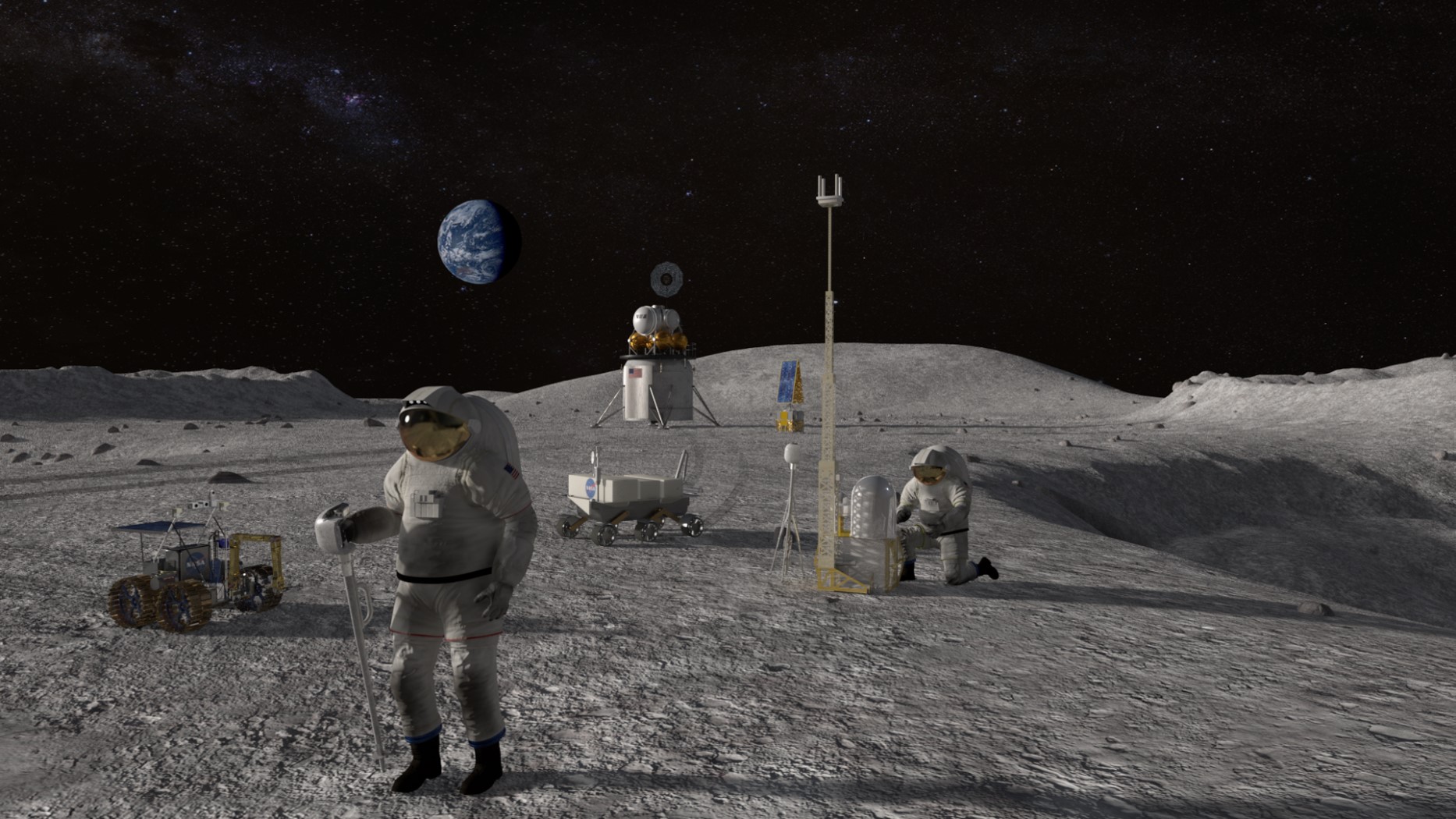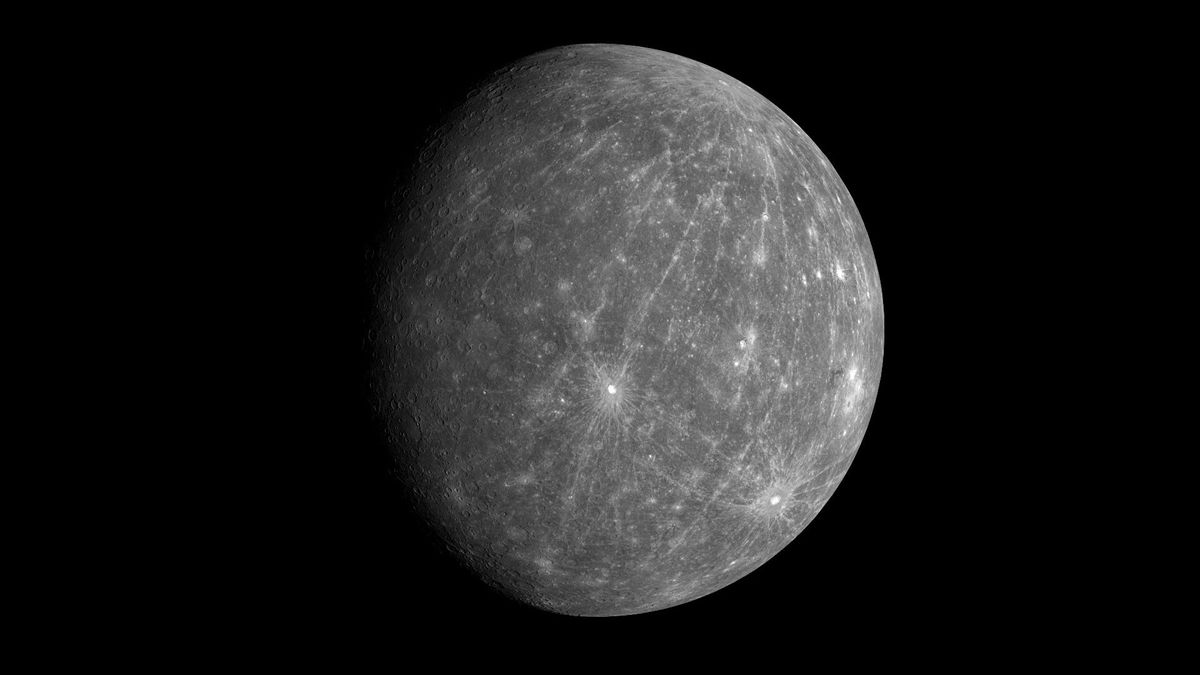NASA and Google are collaborating to test an AI-powered medical assistant designed to support astronauts on long-duration missions, where communication delays with Earth make real-time medical consultations impossible.
NASA, which is committed to a new era of human spaceflight with its Artemis program, is working with Google to test a proof of concept for a Crew Medical Officer Digital Assistant (CMO‑DA), a type of Clinical Decision Support System (CDSS).
The digital assistant would provide medical support to astronauts when operating beyond low Earth orbit, such as on missions to the moon and Mars, allowing crews to autonomously diagnose and treat symptoms.
"Trained on spaceflight literature, the AI system uses cutting-edge natural language processing and machine learning techniques to safely provide real-time analyses of crew health and performance," Google representatives said in an Aug. 8 statement.
According to the statement, early results indicate the possibility of reliable diagnoses based on reported symptoms. NASA and Google are now working with doctors to further test and refine the model.
Deep-space missions, including to the moon or Mars, can involve communication delays — sometimes up to 45 minutes for light-time round-trip for the Red Planet — making real-time consultations impossible. And a speedy return to Earth is obviously not an option in such cases.
An onboard AI assistant could therefore help bridge a critical gap. The technology could also be of use in remote and demanding environments here on Earth, where access to trained medical professionals is limited.
.png)
 German (DE)
German (DE)  English (US)
English (US)  Spanish (ES)
Spanish (ES)  French (FR)
French (FR)  Hindi (IN)
Hindi (IN)  Italian (IT)
Italian (IT)  Russian (RU)
Russian (RU) 




Comments